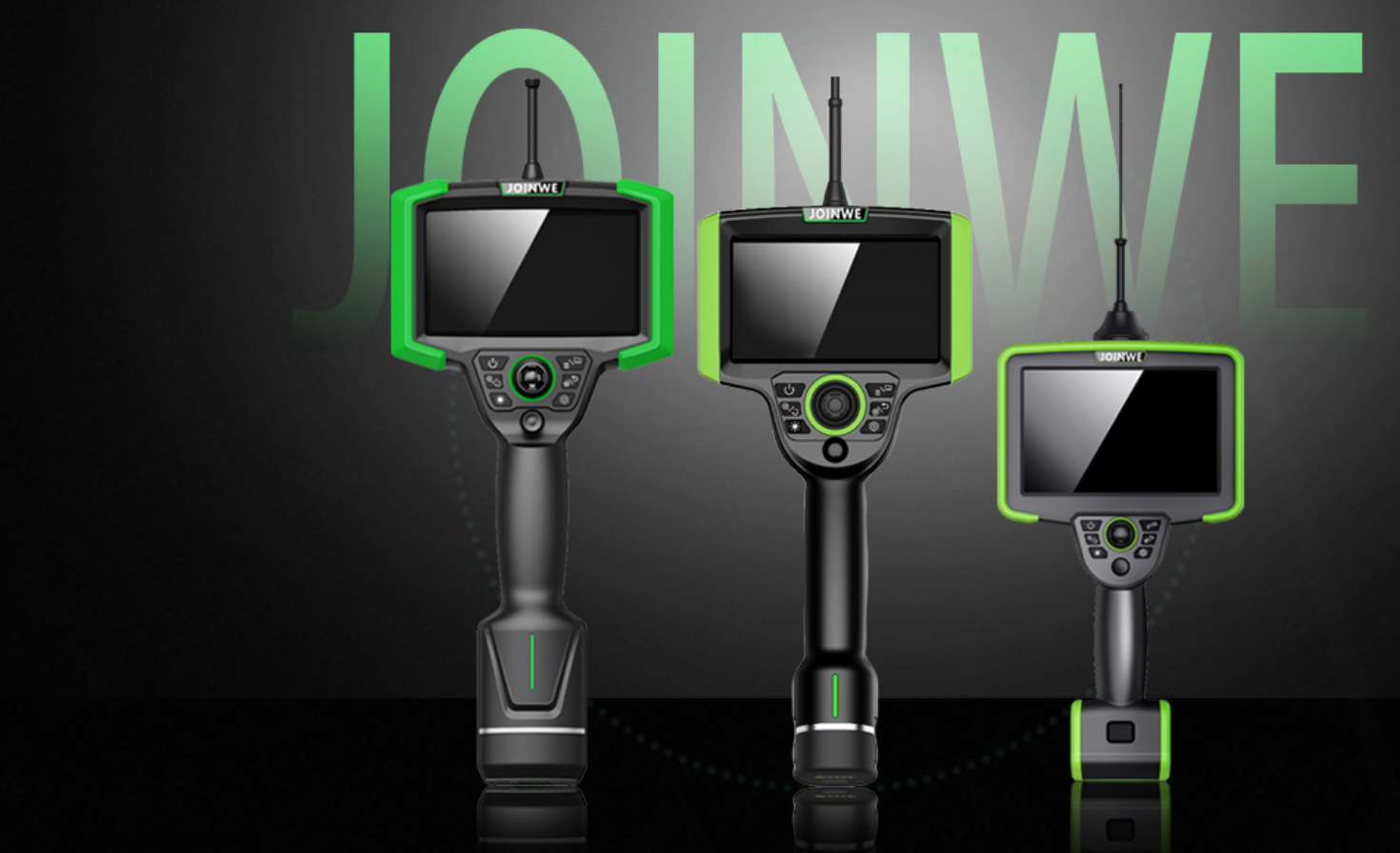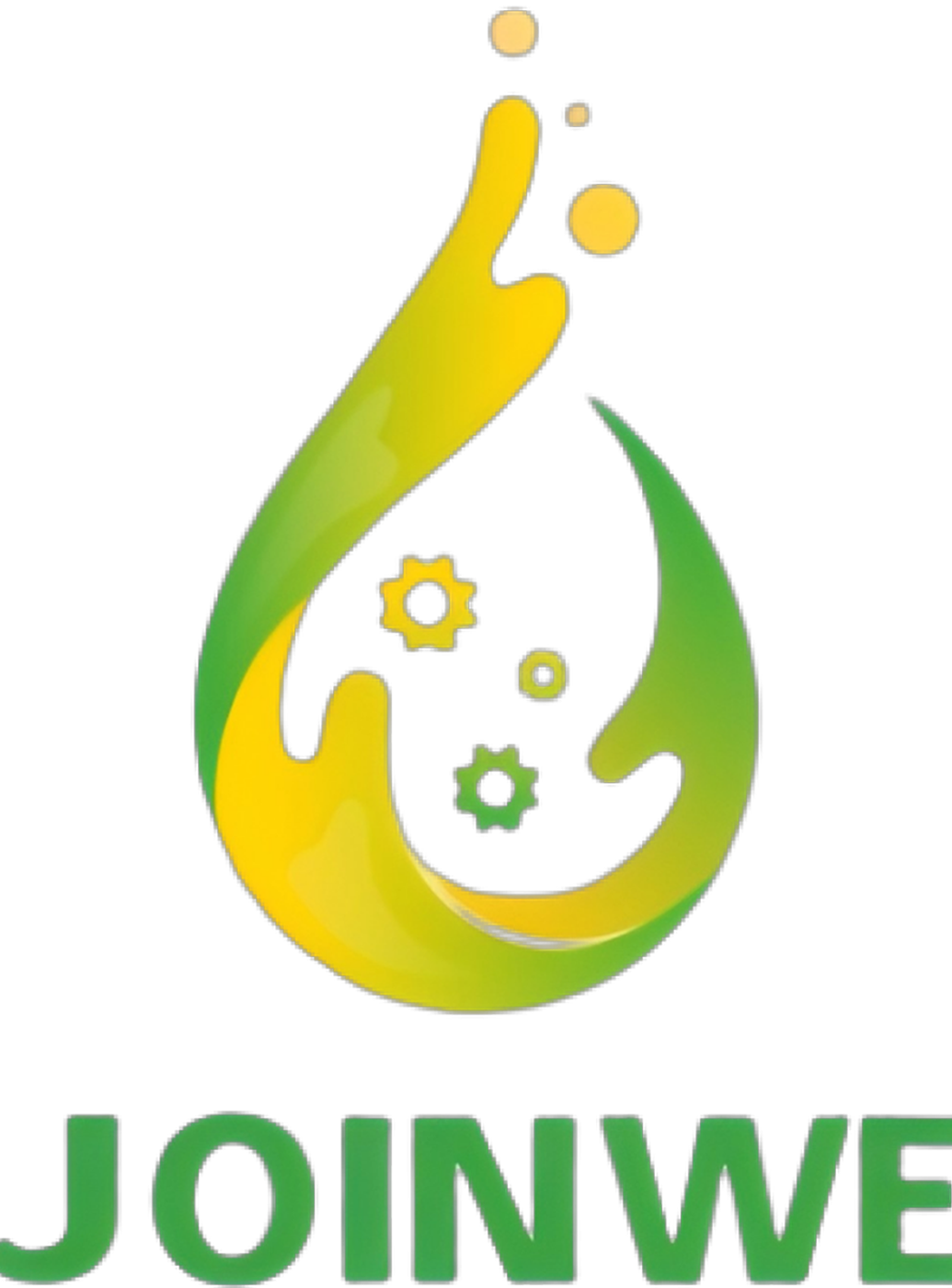Primary Uses: Non-destructive inspection of critical equipment to prevent catastrophic failures through visual defect detection.
1. Key Inspection Targets & Defects
A. Steam/Gas Turbines
Inspection Areas:
Blades (rotor/stator)
Nozzles, combustion chambers
Rotor journals, seals
Common Defects:
✅ Blade Damage: Cracks, corrosion, carbon buildup (reduces aerodynamic efficiency)
✅ TBC Spallation: Thermal barrier coating peeling (causes metal overheating)
✅ Foreign Object Debris (FOD): Post-maintenance residue (risk of secondary damage)
B. Generators & Transformers
Inspection Areas:
Stator winding insulation
Core laminations
Cooling oil passages
Common Defects:
✅ Insulation Degradation: Cracking, carbonization (risk of electrical discharge)
✅ Cooling Path Blockage: Sediment buildup (localized overheating)
✅ Partial Discharge Marks: Etching spots on windings
C. Boilers & Pressure Pipes
Inspection Areas:
Water-wall tubes
Superheater/reheater pipes
Welds & elbows
Common Defects:
✅ Wall Thinning: High-temperature corrosion/erosion (risk of tube rupture)
✅ Weld Defects: Lack of fusion, porosity (ASME B31.1 requires 100% inspection)
✅ Ash Deposits: Reduce heat transfer efficiency
D. Wind Turbine Gearboxes
Inspection Areas:
Gear tooth surfaces
Bearing raceways
Lubrication channels
Common Defects:
✅ Pitting/Spalling: Early signs of fatigue failure
✅ Cage Fractures: Micro-cracks detection (requires 4K resolution)
✅ Sludge Accumulation: Indicator of lubricant failure
2. Value Proposition
Scenario Traditional Method Pain Points Borescope Solution Benefits
Turbine Overhaul 3-day disassembly ($50k+ cost) No disassembly, 2-hour inspection (90% cost savings)
Boiler Tube Leak Prevention Indirect temperature monitoring only Direct wall thickness measurement (3-month early warning)
Wind Gearbox Maintenance Crane costs ($20k/incident) In-tower inspection (eliminates unnecessary lifts)
3. Case Studies
Coal Power Plant: Detected root cracks in Stage-7 turbine blades, avoiding $2M unplanned downtime.
Offshore Wind Farm: Extended bearing replacement cycle from 2 to 4 years via routine borescope checks.
4.Product Selection Guide
Power Industry Models:
Probe diameter ≤6mm (for pipe access)
Radial lighting (illuminates deep cavities)
Data Management:
Choose models with defect annotation software
Conclusion
Industrial Videoscopes are mission-critical tools for predictive maintenance in power generation, especially for high-value assets like nuclear reactors and wind turbines.





